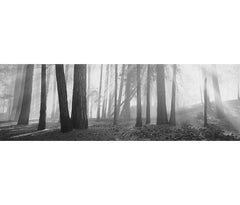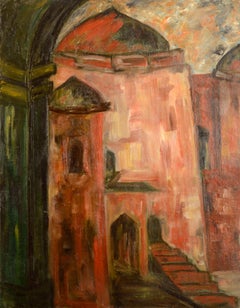American Modern Art
2010s American Modern Art
Oil
1910s American Modern Art
Lithograph
1970s American Modern Art
Offset
2010s American Modern Art
Mixed Media, Acrylic, Gouache, Board
Late 20th Century American Modern Art
Silver Gelatin
1970s American Modern Art
Canvas, Oil, Cardboard
1960s American Modern Art
Oil, Board
1930s American Modern Art
Oil
1950s American Modern Art
Watercolor, Paper
2010s American Modern Art
Archival Paper, Archival Pigment
1980s American Modern Art
Lithograph
1930s American Modern Art
Etching
1930s American Modern Art
Paper, Charcoal
1970s American Modern Art
Screen
1980s American Modern Art
Canvas, Oil
1930s American Modern Art
Charcoal, Paper
1950s American Modern Art
Offset
Mid-20th Century American Modern Art
Ink
1930s American Modern Art
Watercolor, Laid Paper
1940s American Modern Art
Paper, Pencil, Color Pencil
1940s American Modern Art
Lithograph
1930s American Modern Art
Paper, Graphite
1980s American Modern Art
Charcoal
1930s American Modern Art
Gesso, Wood
1970s American Modern Art
Bronze
2010s American Modern Art
Acrylic, Archival Paper
1930s American Modern Art
Chalk, Charcoal
2010s American Modern Art
Oil, Panel
1970s American Modern Art
Screen
Late 20th Century American Modern Art
Mezzotint
1980s American Modern Art
C Print, Color
1960s American Modern Art
Intaglio
1930s American Modern Art
Oil
Late 20th Century American Modern Art
Screen
1960s American Modern Art
Paper, Ink, Lithograph
1930s American Modern Art
Oil
21st Century and Contemporary American Modern Art
Paper, Charcoal, Graphite
1930s American Modern Art
Etching
1980s American Modern Art
Offset
1940s American Modern Art
Linocut
1950s American Modern Art
Watercolor
1940s American Modern Art
Offset
1930s American Modern Art
Watercolor, Gouache, Archival Paper
1980s American Modern Art
Aquatint, Etching
1930s American Modern Art
Watercolor
1990s American Modern Art
Paper, Etching
Early 2000s American Modern Art
Screen
1920s American Modern Art
Oil
Late 20th Century American Modern Art
Etching
20th Century American Modern Art
Lithograph
20th Century American Modern Art
Silver Gelatin
Late 20th Century American Modern Art
Mezzotint
1950s American Modern Art
Lithograph
1960s American Modern Art
Ink
1940s American Modern Art
Canvas, Oil
Late 20th Century American Modern Art
Monotype
Early 2000s American Modern Art
Acrylic, Archival Paper
2010s American Modern Art
Porcelain, Glaze, Crayon, Watercolor
2010s American Modern Art
Cotton, Archival Pigment
1930s American Modern Art
Etching



